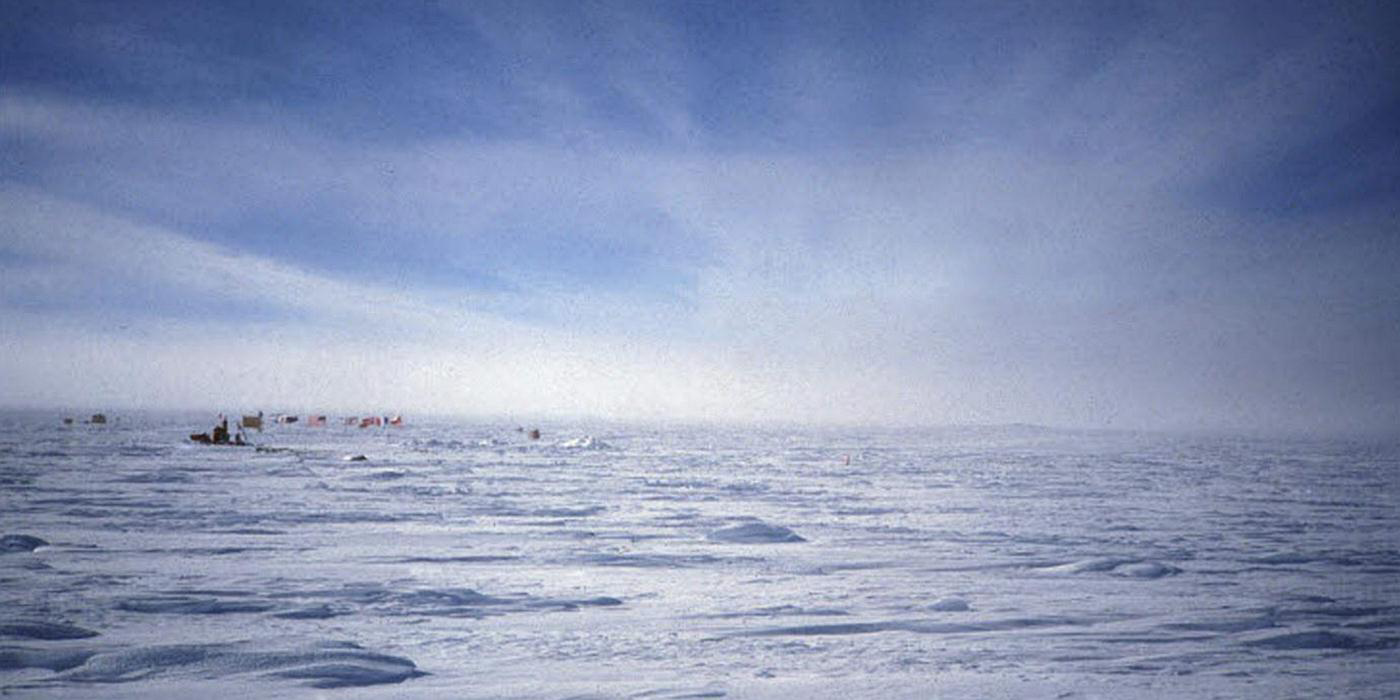Not everybody knows this yet, but we now know the real source for the small global temperature increase we have witnessed this century – ½° C. Back in the 1980s and 1990s we all believed that CO2 drove the Global Greenhouse. Unfortunately, the data we have collected during the past several years simply do not agree with what our models tell us – which means, unequivocally, that we need to modify our models. Furthermore, we also have learned that the very concept of an “atmospheric greenhouse” may be faulty.
We have discovered that CO2 increases historically follow temperature increases, which obviously means that these CO2 increases cannot be driving the temperature increases. It’s a cut-and-dried fact. If, when the temperature goes up, it is always followed by an increase in CO2, then one simply cannot say that the CO2 increase caused the temperature increase. It doesn’t necessarily mean that the temperature drives the CO2 increase, but it simply can’t be the other way round.
We now know that our Sun is a variable star, with several variability cycles: the Gleissberg Cycle is 75 – 90 years, the Suess Cycle is 200 – 500 years, the Bond Cycle is 1,100 – 1,500 years, and the well-known Schwab Sunspot Cycle is 11 years. The Gleissberg, Suess, and Bond Cycles are primarily related to an actual increase in the Sun’s radiance, the amount of heat and light the Sun puts out. Their effect is, therefore, well understood, and most climate models take them into account. The Schwab Cycle, however, is different.
Every eleven years, the Sun goes through a cycle of maximum to minimum sunspots, resulting in an eleven-year cycle of increasing and then decreasing amounts of charged particles flowing out from the sun. These particles are captured by the Earth’s magnetic field. During times of greater particle flux, more particles are captured by the Earth’s magnetic field, and during times of lower particle flux, less particles are captured by the Earth’s magnetic field.
The Earth’s magnetic field acts to shield from incoming cosmic radiation that arrives at the Earth from every part of the sky. When it contains more charged particles, its shielding effect is greater, and when it contains less charged particles, its shielding effect is less. This results in many more cosmic rays entering the Earth’s atmosphere during times of very low sunspot activity.
We have also learned that cosmic rays are a significant cause of cloud formation – more cosmic rays produces more clouds, which reflect more of the Sun’s energy back to space, and things cool down. Thus, during times of increased sunspot activity, the Earth warms up, as it is now.
The bottom line is, therefore, that human activity appears not to be having much effect on global temperatures. This means that anything we do that is specifically designed to reduce CO2 production or in other ways to reduce our “carbon footprint” in order to prevent global warming, is doomed to failure, since there seems not to be any connection between the two.
Unfortunately, no one seems to have explained this to Prof. Chris Rapley, former head of the British Antarctic Program, and James Lovelock, Gaia theorist who is widely viewed as the “Archdruid” of the modern environmental movement.
A while back, Rapley and Lovelock proposed a system of oceanic pipes 10 to 30 feet wide and 300 to 600 feet long to be placed in selected parts of the ocean. These pipes would have a simple one-way valve so that as they move up and down in the water column due to wave action, cold water will surge up through the pipes to flow out onto the surface, while the one-way valves will prevent surface water from going the other way.
HOW THE PUMPS MIGHT WORK
1. Buoy: Helps hold the pump in position
2. Pump: James Lovelock believes the tubes would be about 100m long to access deep cold water, and 10m wide; Phil Kithil thinks 200m long and 3m wide could be optimum
3. Valve: Could be at the top or bottom of the pipe; top perhaps preferable for maintenance. Water is drawn through the open valve on wave down slopes; no external power needed
4. Cold water: On wave up slopes, cool water spills out of the pump
5. Pump sites: Locations could also be chosen to reduce hurricane risk by cooling surface waters
A large number of these pipes, they predict, will bring sufficient deep cold water to the surface to absorb enough CO2 to stop global warming – and oh-by-the-way – for such pipe systems in sub-tropical hurricane centers, the cooler water will also minimize hurricanes.
Wow! These guys intend to stop global warming and hurricanes!
There are a couple of problems with their solution, however. The reason colder ocean water is deeper than the warmer water is that it is more dense, heavier. What do you suppose will happen when you pump this heavier water to the surface? I’ll give you a hint. It will absorb a tiny bit of CO2 and warmth from the sub-tropical sun, and then it will sink right back down to where it started – almost. Since it does get a bit warmer, it will not go quite so far down, but the difference is inside the error envelope for any calculations you may care to do on this.
There is a second problem, as well. It is a matter of scale. The ocean is very big. Even if the cold water were to remain on the surface sufficiently long to absorb significant CO2, you would need to deploy tens of millions of these tubes in order to have any measurable result. The cost would be staggering, and the effect on ocean shipping would be catastrophic, since many of these systems would have to be deployed near well-travelled shipping lanes.
Other than that, it’s a fine solution to a non-existent problem.






Sorry, comments are closed for this post.